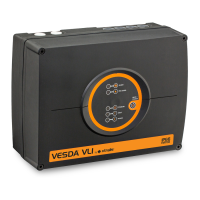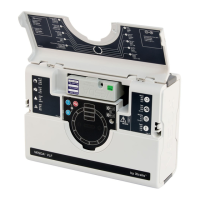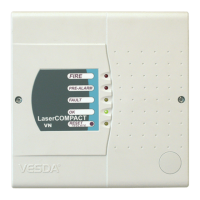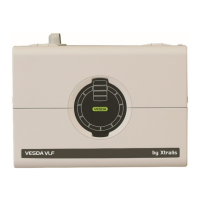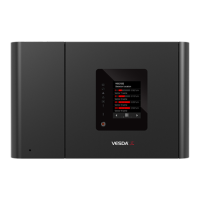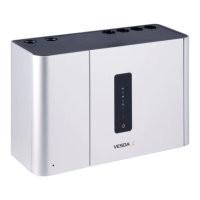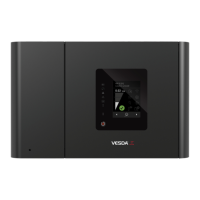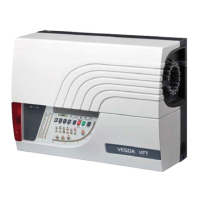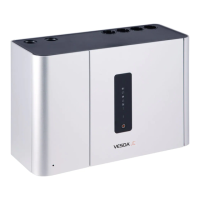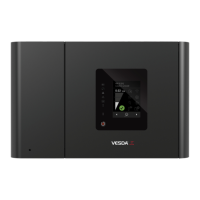VESDA by Xtralis VESDA PipeNetwork Design Guide
www.xtralis.com 33
6.3 Site Parameters
Each site presents its own unique set of parameters which the pipe network must meet. Some factors likely to
influence pipe network design are:
l Level of protection required
l The area to be covered
l The environmental conditions
l The layout (of plant, machinery, equipment or furniture)
l Airflows
l External influences
l Special equipment to be protected (refer to Section 8.3)
l Combustibility of material (construction and stored)
6.4 Client Parameters
The client may specify certain requirements to be included into the design. These may typically relate to
protection of certain equipment or the threshold levels for alarms. The pipe network design should incorporate
such specifications subject to regulatory and detector parameters.
6.5 Performance Based Parameters
Performance-based design provides an alternate fire protection system to prescriptive fire codes. They do this
by assessing the environmental risks at the concept design stage. This design approach offers significant
advantages. The most important is the ability to provide early detection of a fire event.
It is recommended that smoke testing or Computational Fluid Dynamics (CFD) modelling be performed. This
method of airflow simulation is used to determine the optimal location for the VESDA system by accurately
identifying smoke travel from previously acknowledged risks.
In areas where performance-based design is not recognized, its concepts may still be adhered to by
incorporating the design basics from prescriptive codes (i.e. NFPA 318 and SEMI s14 - 2000), and the basics
outlined in this guide.
The arrangement of process tools and equipment will alter the airflow dynamics (air speed and air direction) in
the facility. To ensure that the system design is effective, it is recommended that performance tests are
conducted during the completion stage of the site construction.
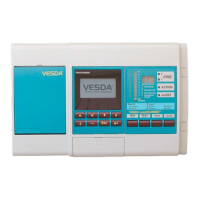
